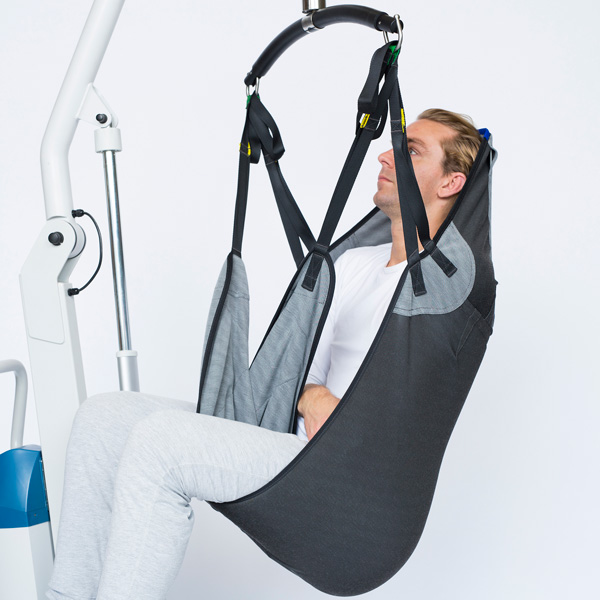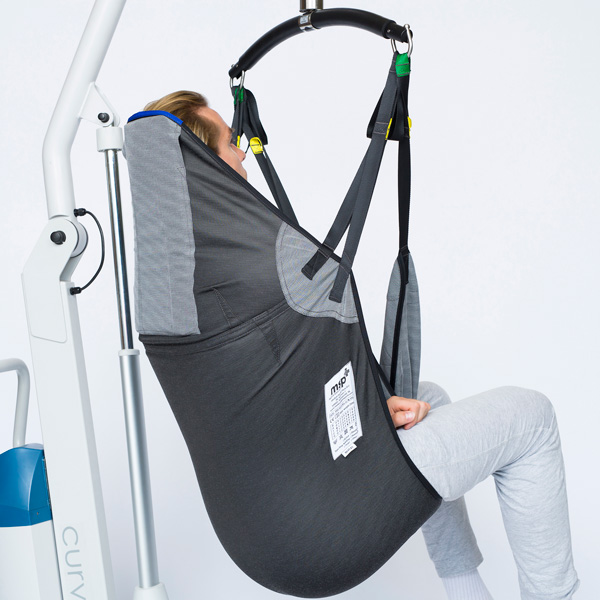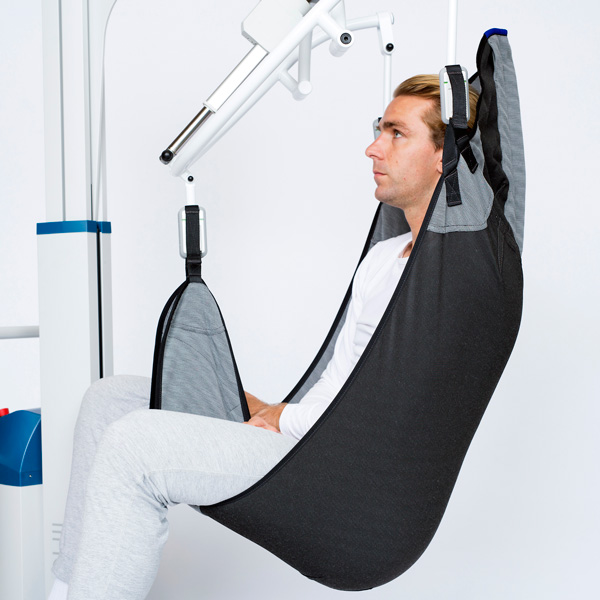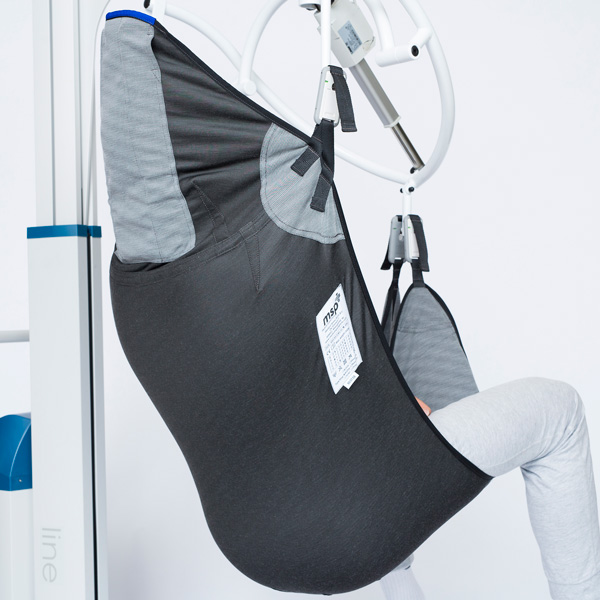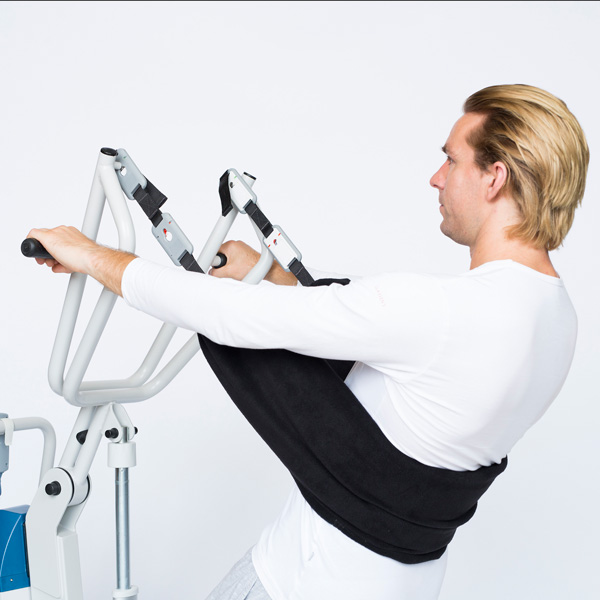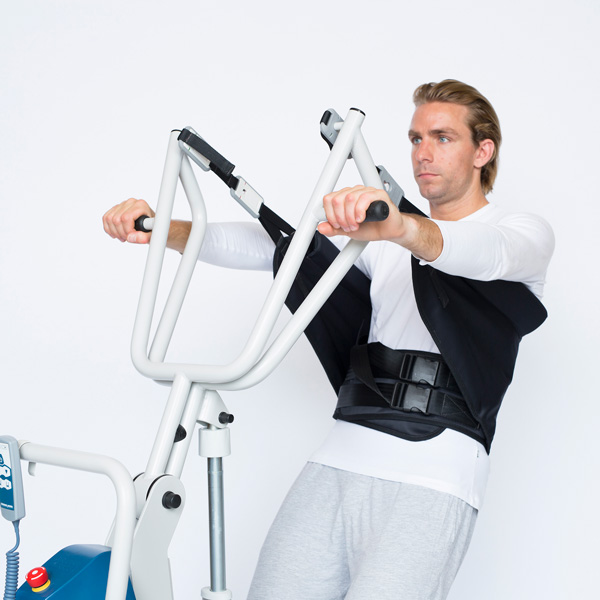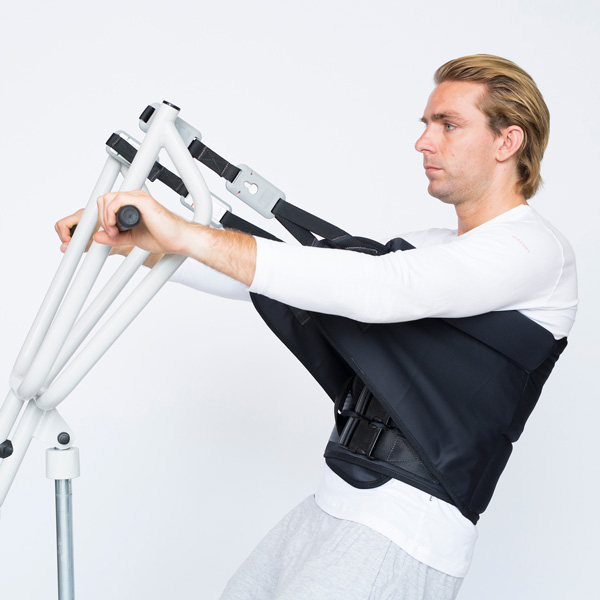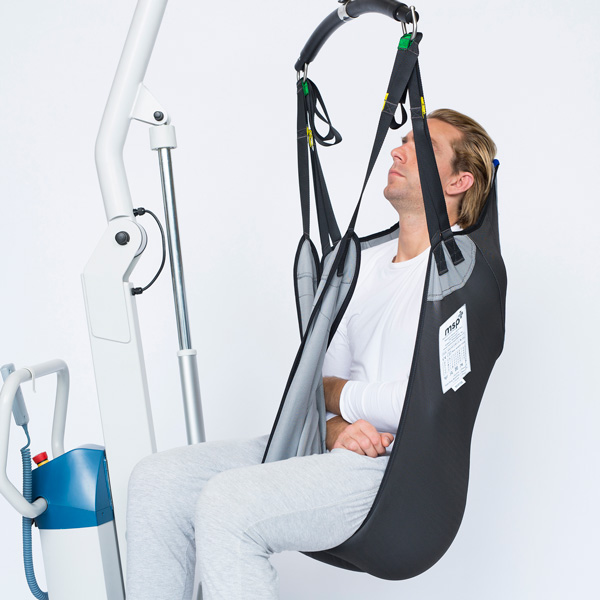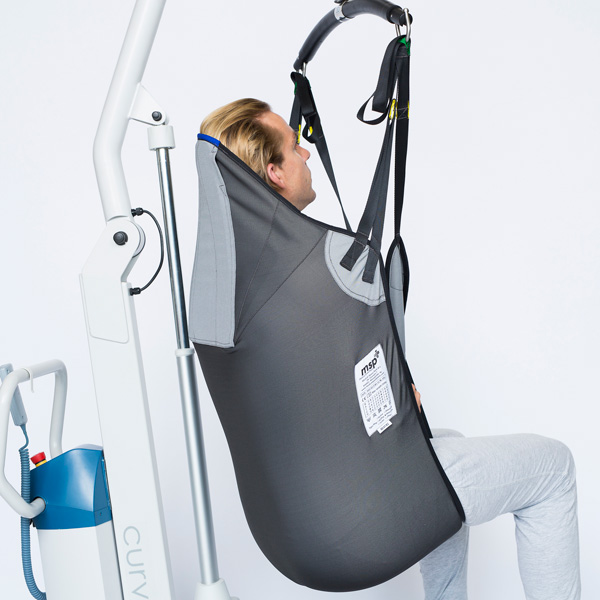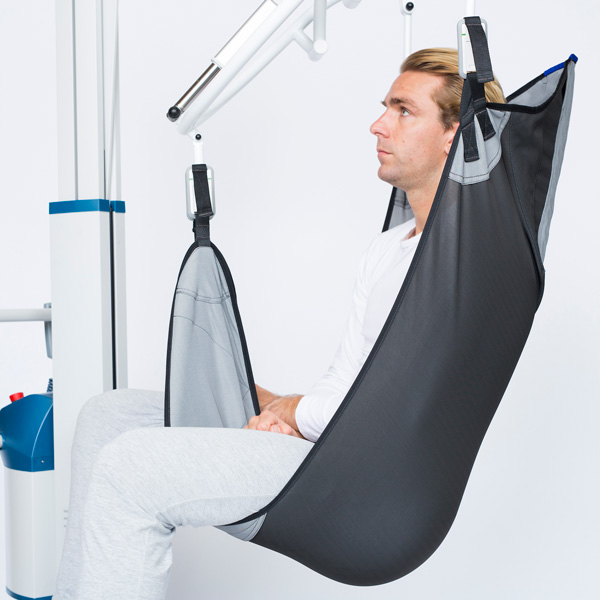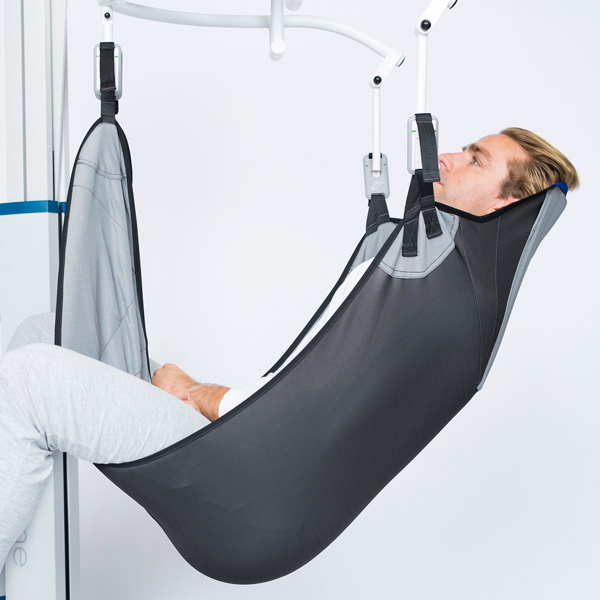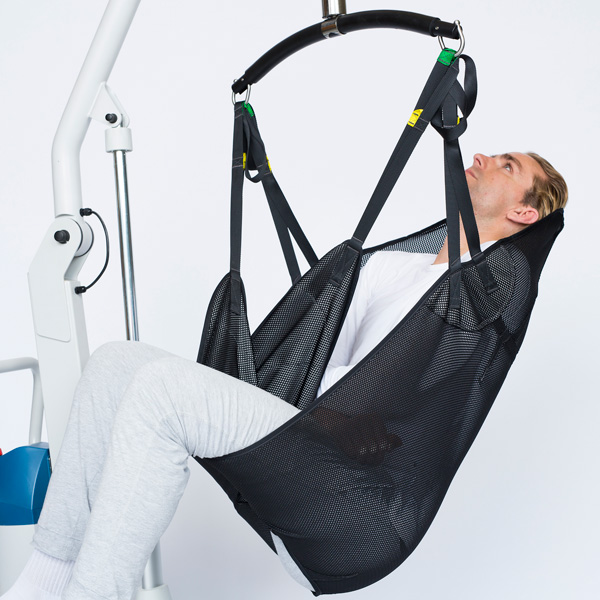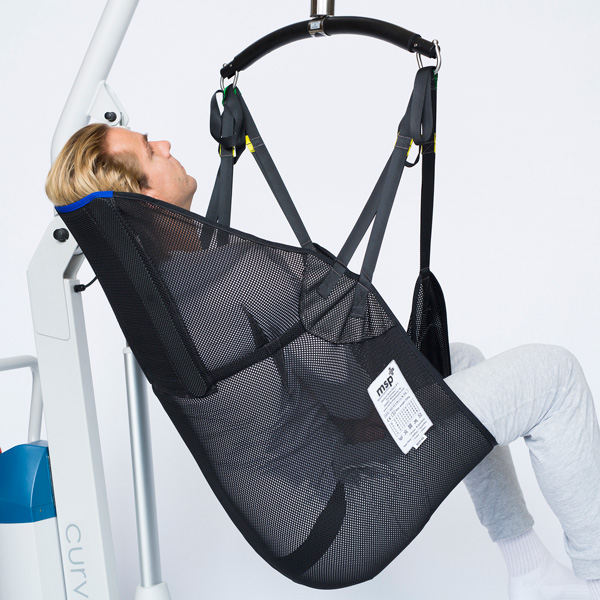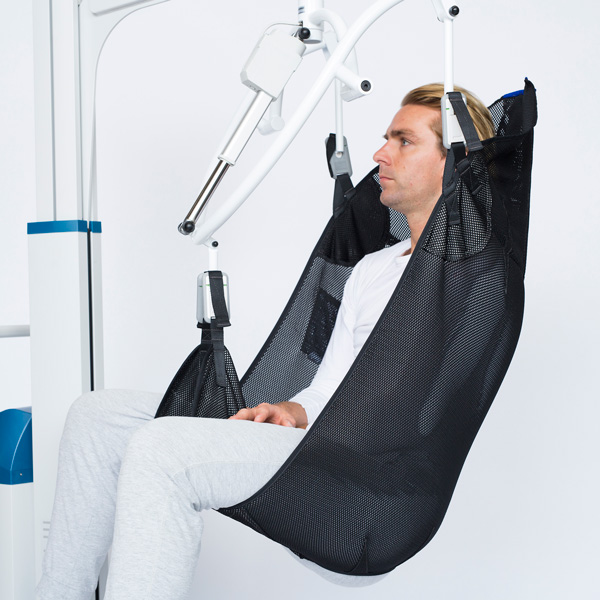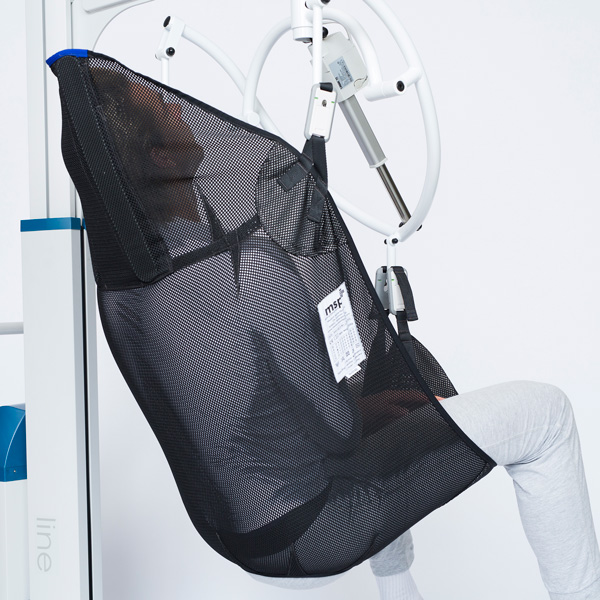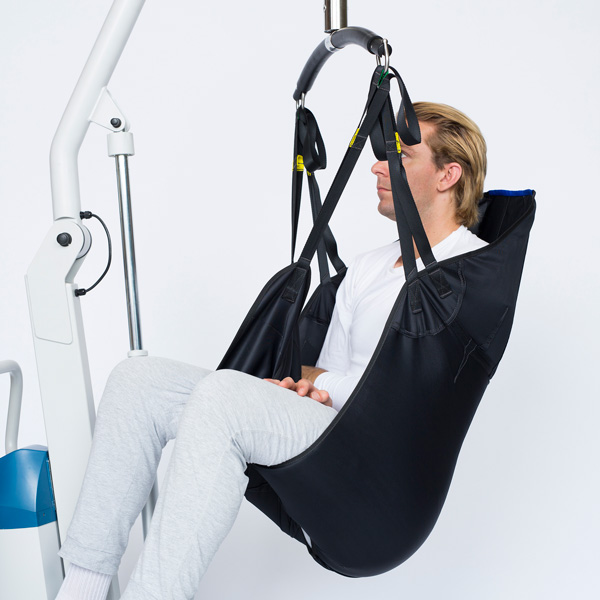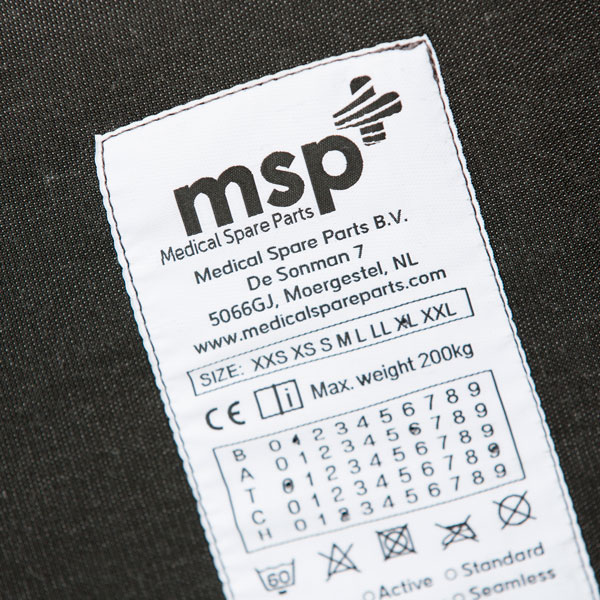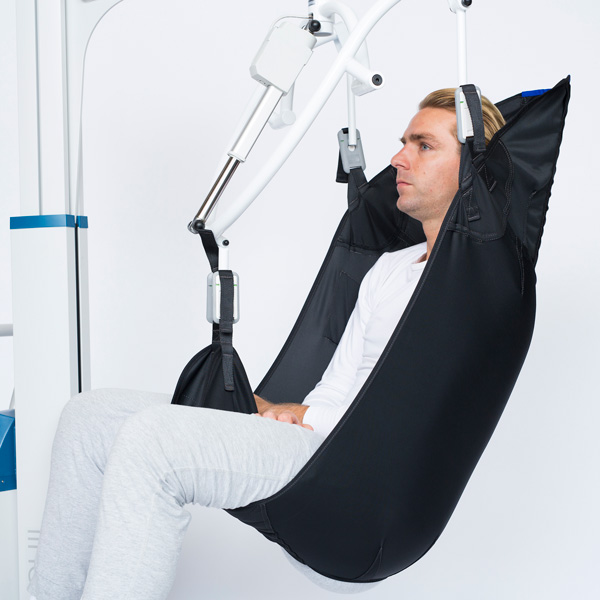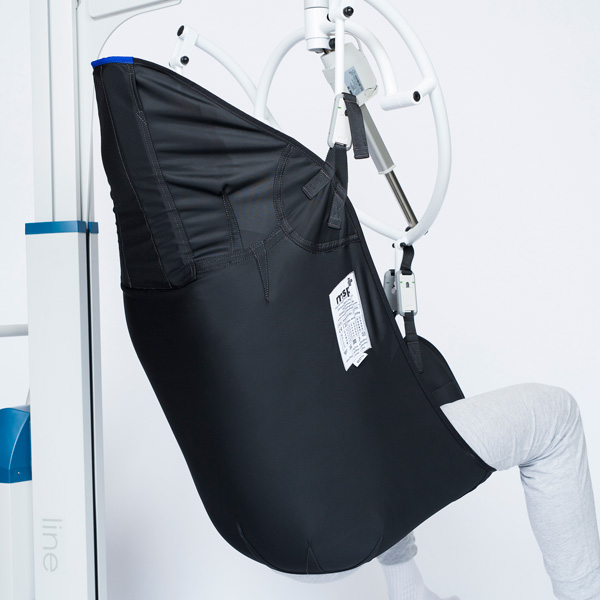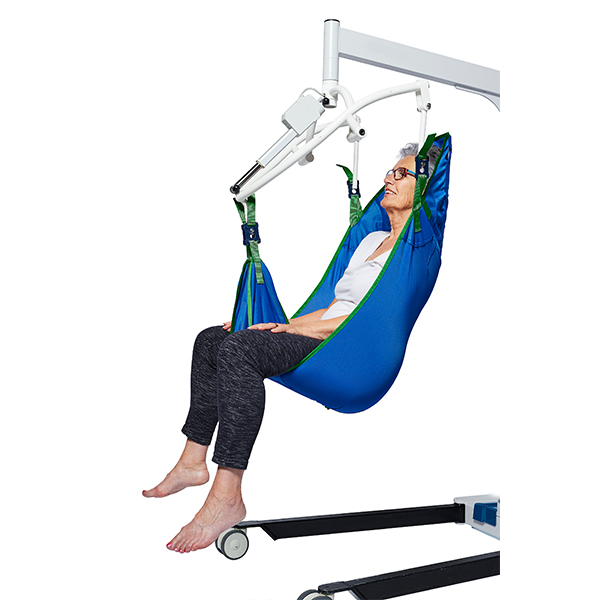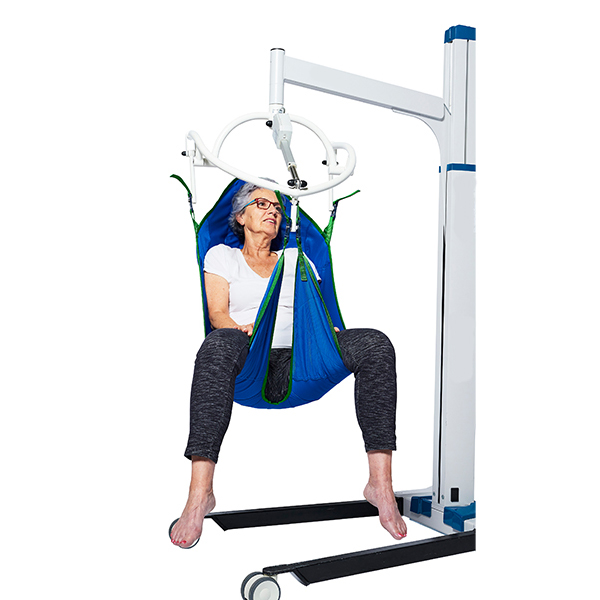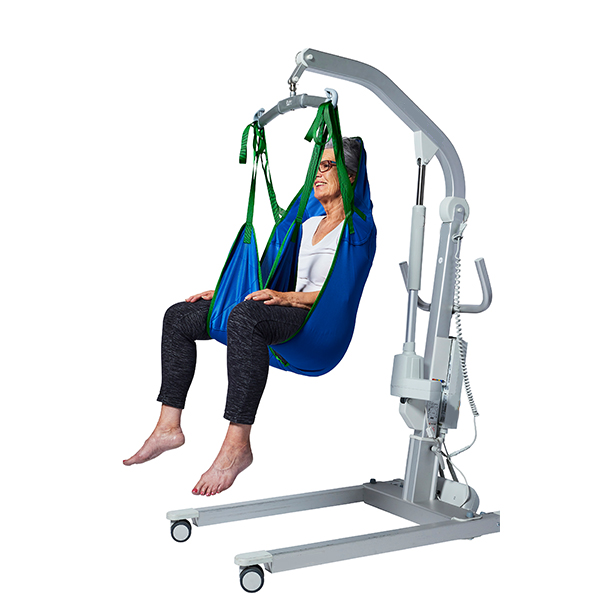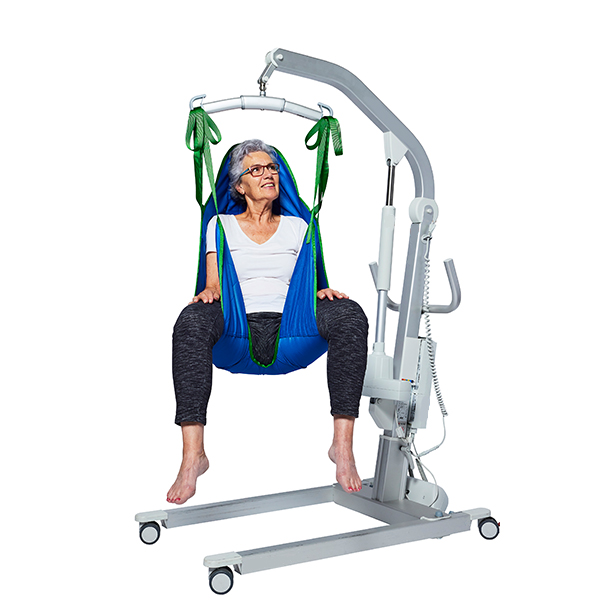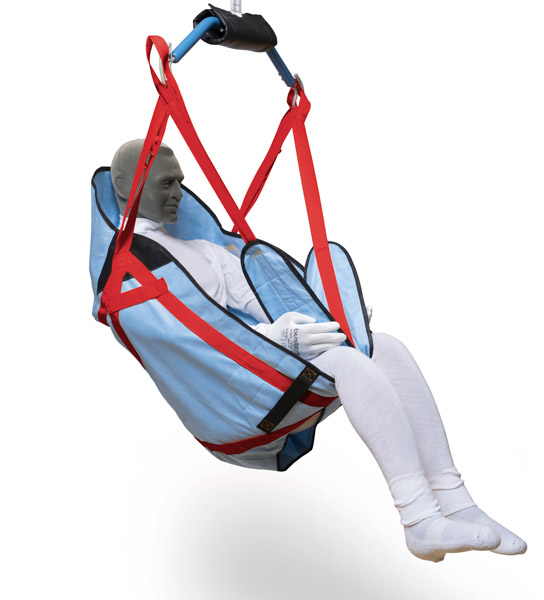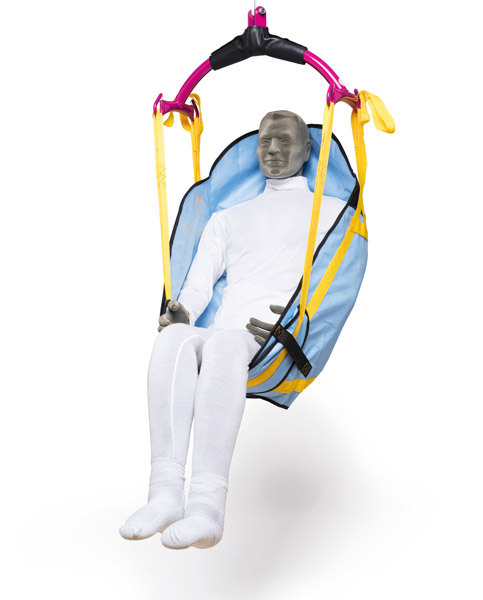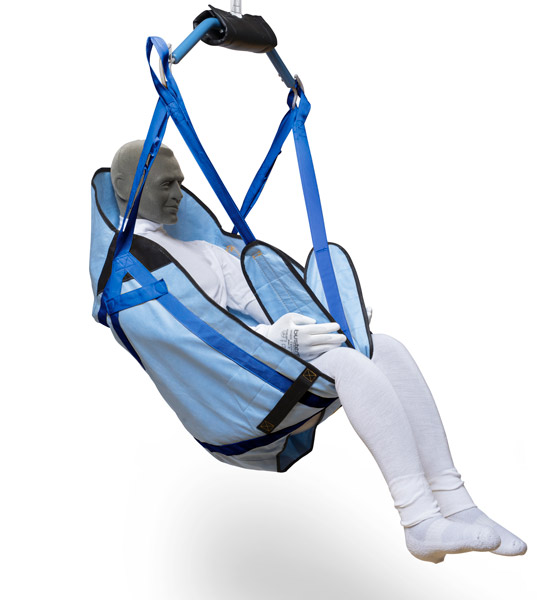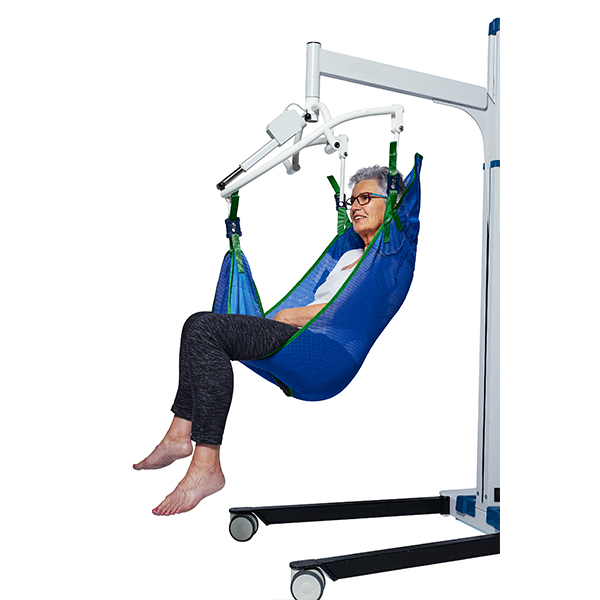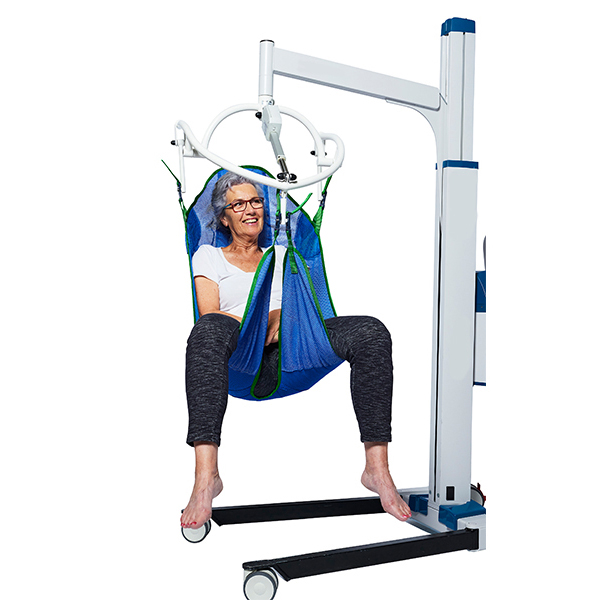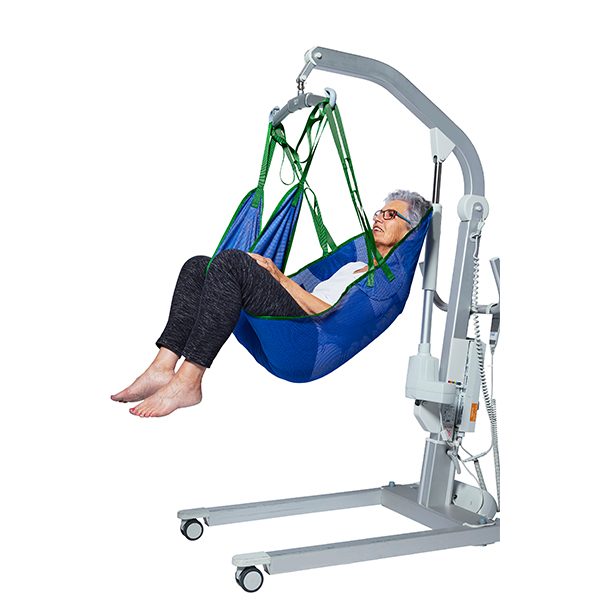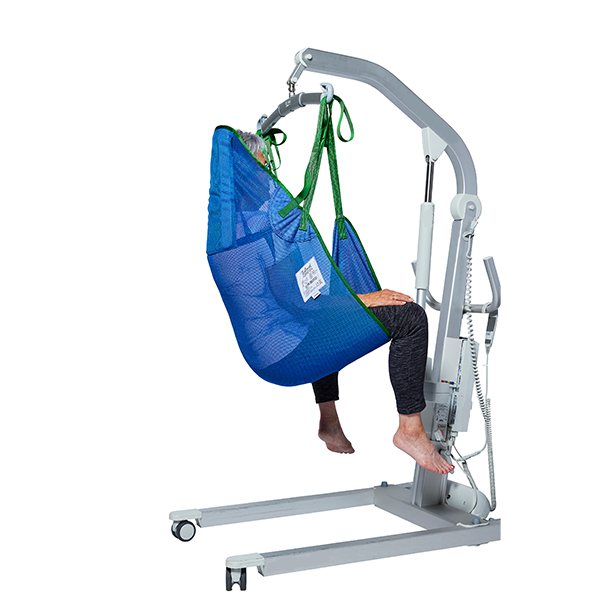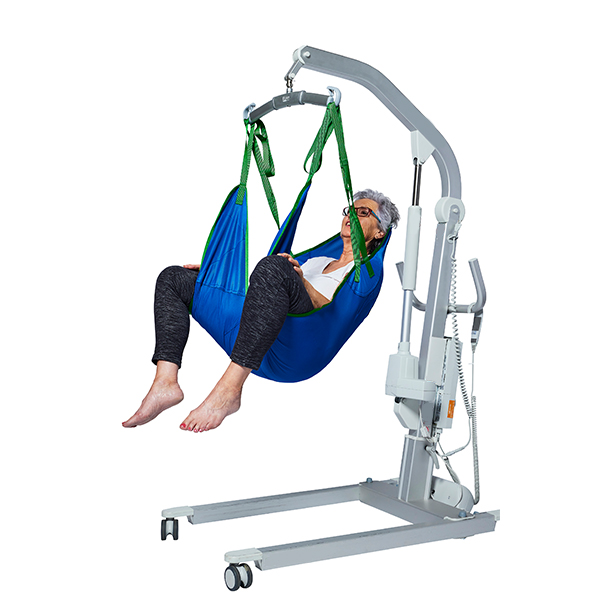Slings
Filter products
Filter products
Slings
Slings are essential tools for safely and efficiently lifting and transferring patients with limited mobility. Whether moving from bed to chair, assisting with toilet visits, or transferring fully bedridden patients, a well-chosen sling ensures comfort and reduces the risk of injury. MSP Medical offers high-quality slings designed for various care scenarios and lifts, providing optimal support and safety for both caregivers and patients.
Slings are essential tools for safely and efficiently lifting and transferring patients with limited mobility. Whether moving from bed to chair, assisting with toilet visits, or transferring fully bedridden patients, a well-chosen sling ensures comfort and reduces the risk of injury. MSP Medical offers high-quality slings designed for various care scenarios and lifts, providing optimal support and safety for both caregivers and patients.
FAQ category titel
Various care situations like lifting patients from bed to chair, from chair to bed, or from one location to another require safe and comfortable transfers. There are different types of patient lifting slings available, each of which is designed to meet specific needs. For example, depending on the mobility of the client you can choose from a wide range of active or passive slings.
Active patient lift sling
An active patient sling is a type of sling that is designed to allow the patient to actively participate in the lifting and transferring process. Active patient slings are typically used for patients who have some degree of mobility and can bear some of their own weight.
Passive patient lift sling
A passive patient sling, on the other hand, is a type of sling that is designed to support the entire weight of the patient and allow the caregiver to do all the work of lifting and transferring. Passive patient slings are typically used for patients who are unable to bear any of their own weight and are completely dependent on caregivers for all lifting movements.
When buying a patient lifting sling, it is important to consider various factors ensuring that your patient sling can be used safely in various healthcare settings.
How can I control the lifting sling compatibility?
When buying a patient lifting sling you have to be sure the sling is compatible with your patient lift. Always select the appropriate sling mounting option. Patient slings can be clip-based and loop-based. Select the appropriate mounting option to connect your patient lifting sling safely using clips or loops.
How do I choose a patient sling size?
To determine if the lifting sling is a good size, observe how it supports the patient. By accessing the patient’s size, weight, and hip measurements you are able to select the proper sling size. A properly fitting sling should provide support the torso and thighs while preventing the buttocks from sliding through the opening. MSP Medical has a wide range of sizes available from XXS up to XXL. If you need help with deciding the size of your patient transfer slings please contact us directly.
How do I select the right patient sling material?
Depending on your transfer needs you can select the right material for your patient transfer slings. It is key to select the right material as it will impact safety, comfort, hygiene and durability of the patient sling.
Polyester patient slings
Most commonly used material is polyester sling. A great advantage is that the polyester patient transfer sling has a soft lining that helps prevent the patient from sliding during transfers.
Polyester mesh patient slings
The benefit of using a patient transfer sling in polyester mesh material is that the fabric is made to be breathable and to dry quickly. This a great choice for transferring patients where contact with water is common as in the shower or toilet area. In addition a polyester mesh patient sling is also very useful for patients who need to spend long periods of time in the sling.
MSP Medical offers a large variety of patient lifting slings for your patient hoist that assist you in various healthcare situations.
All day sling
Our all day patient lifting sling has been designed to comfortably lift and move patients who need to stay in the sling for an entire day. Our all day sling is made out of breathable materials so that the client is comfortable.
Standard sling
Our standard patient sling has been created for short transfers. The standard sling is made out of durable materials ensuring that the sling can be used for an extended period of time. They are a great choice for lifting patients in and out of bed or other situations. The standard sling is available in a polyester and mesh version.
Toilet sling
Our toilet sling provides dignified support during toilet transfers. Our toilet patient slings are made from durable, easy-to-clean materials, and have add-on features such as head support. For additional showering options you can also check out Noa, our own shower/toilet chair.
Corset sling
Our premium patient corset sling provides support and stability to the patient's torso during transfers. The corset sling distributes the weight of the patient evenly over the upper body. Pressure points are eliminated by the abundant use of padding at the back and armpits.
Disposable patient sling
A disposable sling can be used as a patient specific sling that is used by only one client for no longer than 6 months. Disposable slings have an interactive tag that will change color if the sling is laundered or exposed in another way to liquids like water. This mechanism will ensure that the disposable sling is not used again after it is in contact with soil or is damaged.

